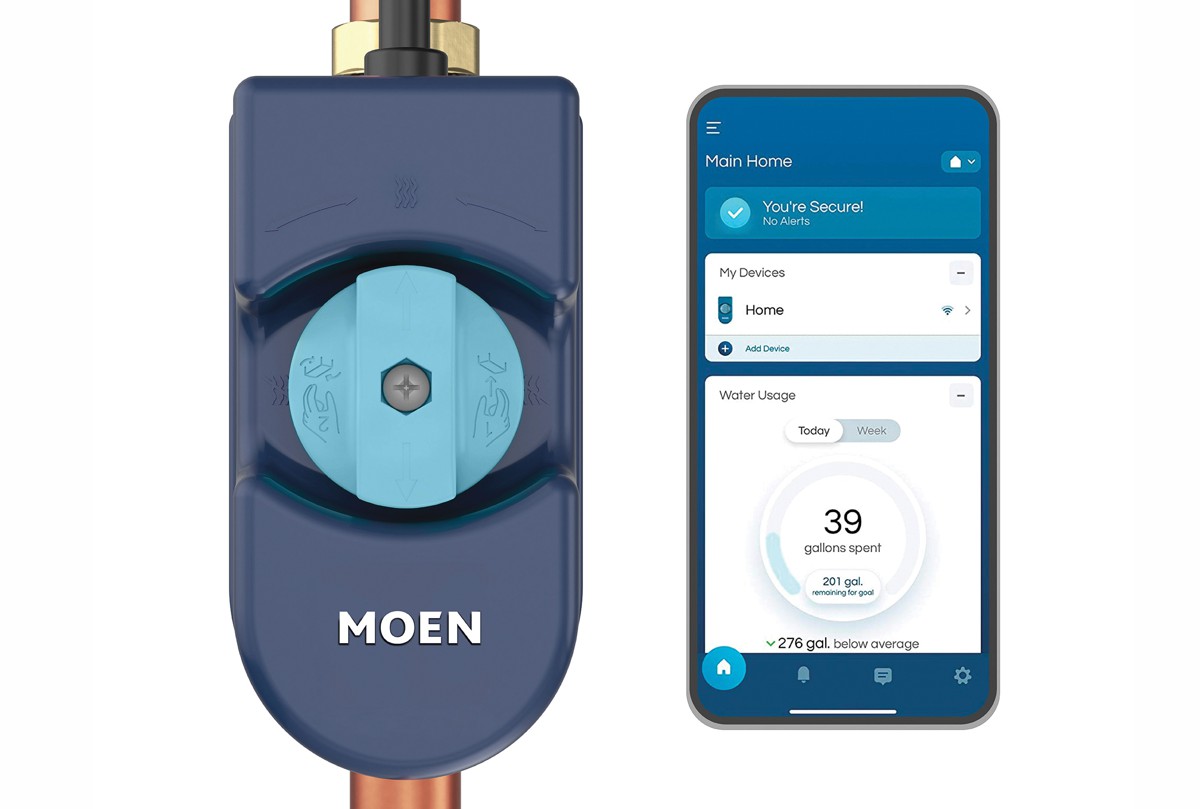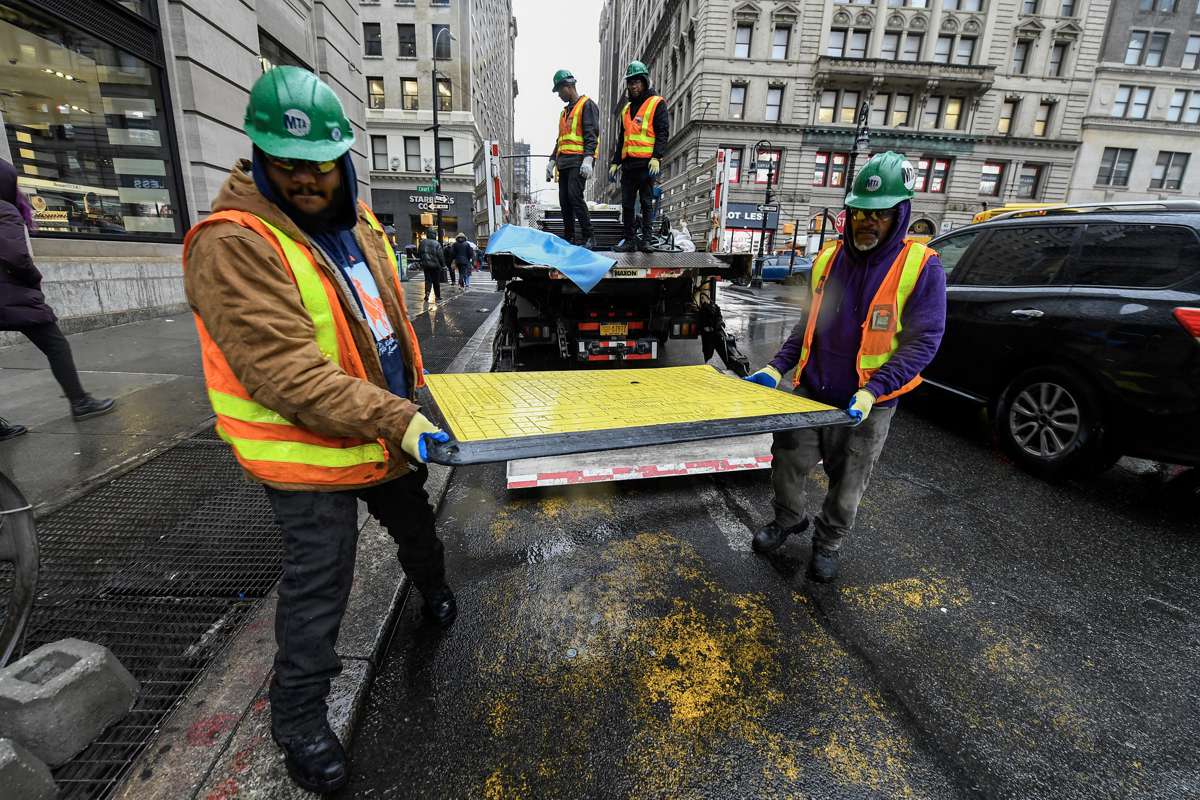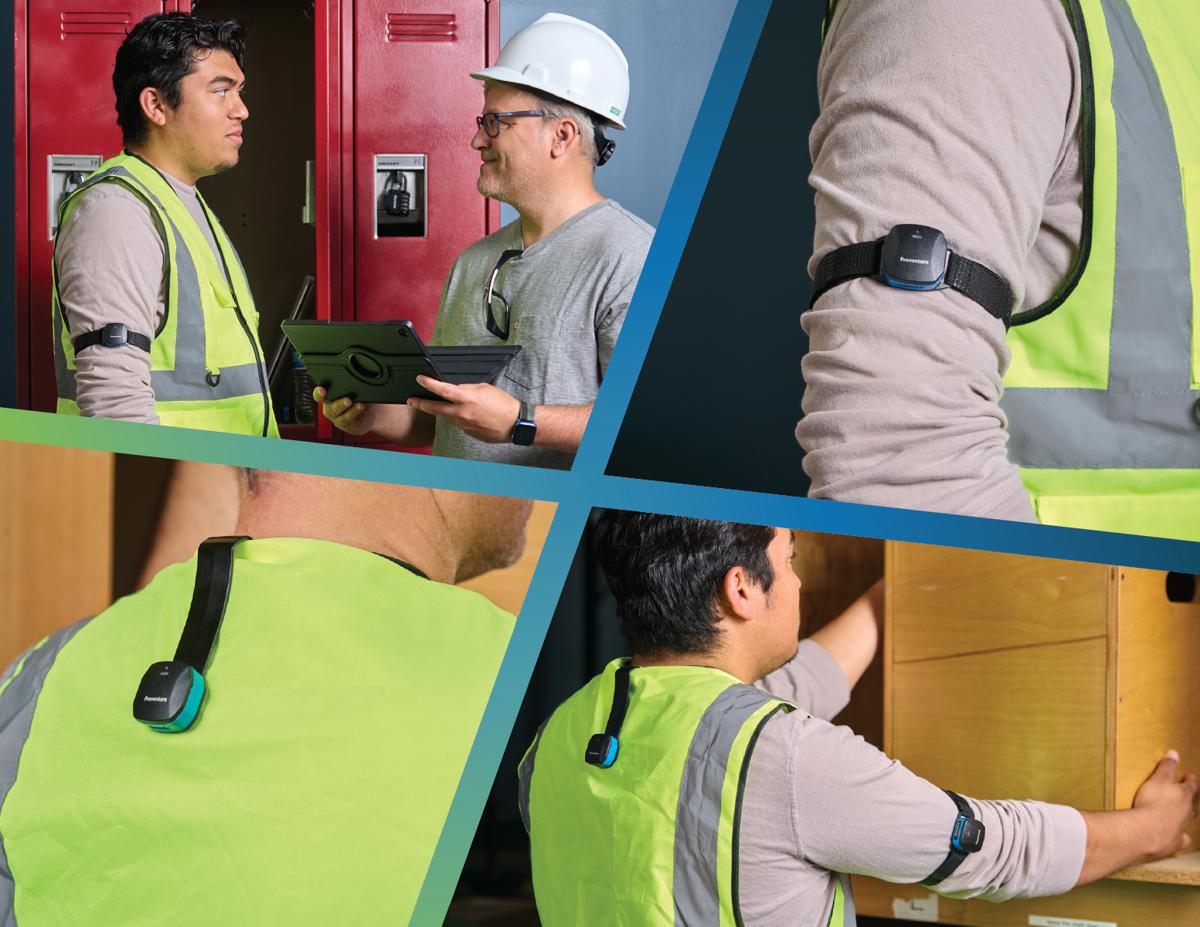Safety Reports in the Digital Age
Keeping the workplace safe and employees healthy are some of the most crucial responsibilities of employers in the construction industry.
Risks such as stray electrical wiring, operating heavy machinery, and fall hazards at a construction site can cause serious injuries to workers. In fact, according to the Bureau of Labor Statistics, construction workers have a 70% higher chance of suffering a work-related injury than all other occupations.
Proper risk management and safety training can help mitigate these risks. However, before managing the risks, companies must first identify what those risks are. That’s where safety inspections come in. A safety inspection helps companies find the potential hazards in a workplace to allow for corrective actions before they do any harm. In order to avoid potential workplace hazards, safety inspections must be carried out regularly to ensure regulatory compliance.
Here’s when a safety inspection is necessary:
- Immediately after a workplace incident to find out what went wrong
- Before a new project begins to identify potential hazards
- Once a quarter to ensure safety measures are up to date

Getting the Most Out of your Safety Reports
Although inspections are necessary, they aren’t useful unless all findings are well-documented with a thorough inspection report. To be effective, the site inspection report must not only summarize the safety risks identified and preventive measures already in place, but also include recommendations to manage the risks that are not currently being accounted for. An effective inspection report contains all of the data needed for safety offices and managers to create workplace safety plans and risk management procedures. Recording all inspection findings in detail allows companies to refer to the report when implementing and reviewing action to mitigate safety hazards. In the event of an incident, it can also be used for insurance claims.
Writing an inspection report effectively, in a way that corrective actions can be taken promptly, and safety is taken seriously, can be a daunting task. And keeping the report in mind while conducting your inspection can get overwhelming, especially if everything is done manually.
Besides, handling paper documents — inspection checklists, inspection form templates, earlier inspection reports, and more — can lead to errors, and paper can always be misplaced. Using a software solution to manage your inspections and report writing can make your work much easier. You can access all the checklists and forms online and copy your observations directly onto an online inspection report template. This can save you time and effort, and allow you to focus on the critical, practical steps, such as deciding on corrective actions that need to be taken.

Ensuring Compliance
Digitizing safety reports doesn’t only save time and increase accuracy. It will also help you ensure compliance. In dangerous working conditions, like construction, there are strict occupational safety regulations. Failing to follow these can result in serious non-compliance fines, and when you can’t find, or read, your paper-based inspection reports, you’re putting your company at risk. In 2021, the Occupational Safety and Health Administration (OSHA), issued 22,651 citations, resulting in over $81 million in fines throughout the construction industry alone—more than every other private sector industry combined.
To avoid costly citations, it’s important to consider OSHA safety standards and regulations while creating workplace safety programs and procedures. But keeping track of all of these can be difficult. OSHA has developed thousands of standards that cover safety requirements for each unique type of working environment and industry. In the construction industry, there are vastly different workplace hazards and risks compared to industries like agriculture and maritime, so there are separate standards to comply to.
With the right digital safety report solution, you’ll have templates for each of these forms available at the click of a button, helping you take the guesswork out of compliance.

Leveraging Business Process Automation
A well-known construction company in the mid-Atlantic turned to a no-code, cloud-based, business process automation platform (BPA) to digitize its 2,200 safety inspections a year. Before turning to the BPA platform, the company would use at least four sheets of paper per inspection that would have to be manually scanned and emailed to their corporate office, safety department, and CEO. Once the forms were received, another employee would have to manually enter the data into a database to record the process. This process took weeks and often led to incidents going unresolved.
Now, leveraging BPA, the company has been able to eliminate 20 minutes per inspection, which adds up to six months of work saved. Additionally, by eliminating paper, the company was able to save over 10,000 sheets of paper per year, which significantly simplifies the documentation process and decreases storage needs for the entire organization. With the ability to use cellphones to create and process reports, the company now has a deeper insight into the safety levels of their operations.
With the number of cloud-based solutions available on the market, finding the right software can be a challenge. It’s important to find a solution that monitors compliance efforts and regularly checks for gaps in compliance requirements, and provides real-time alerts when regulations change so that you can change your policies and procedures accordingly. To make the reporting process easier, companies should turn to tools that have predefined inspection report templates so that inspectors know exactly what should be documented and how it should be done. With inspection checklists, companies can ensure they are covering every aspect of the business necessary to minimize risks.
Article by Pankaj “Romy” Malviya, a serial entrepreneur based in Silicon Valley, CA. When he’s not building companies, you can find him in Hollywood fulfilling his childhood dreams by acting in TV shows and films. He serves as Vice President of Business Development at Pulpstream, a company he founded in 2013.














